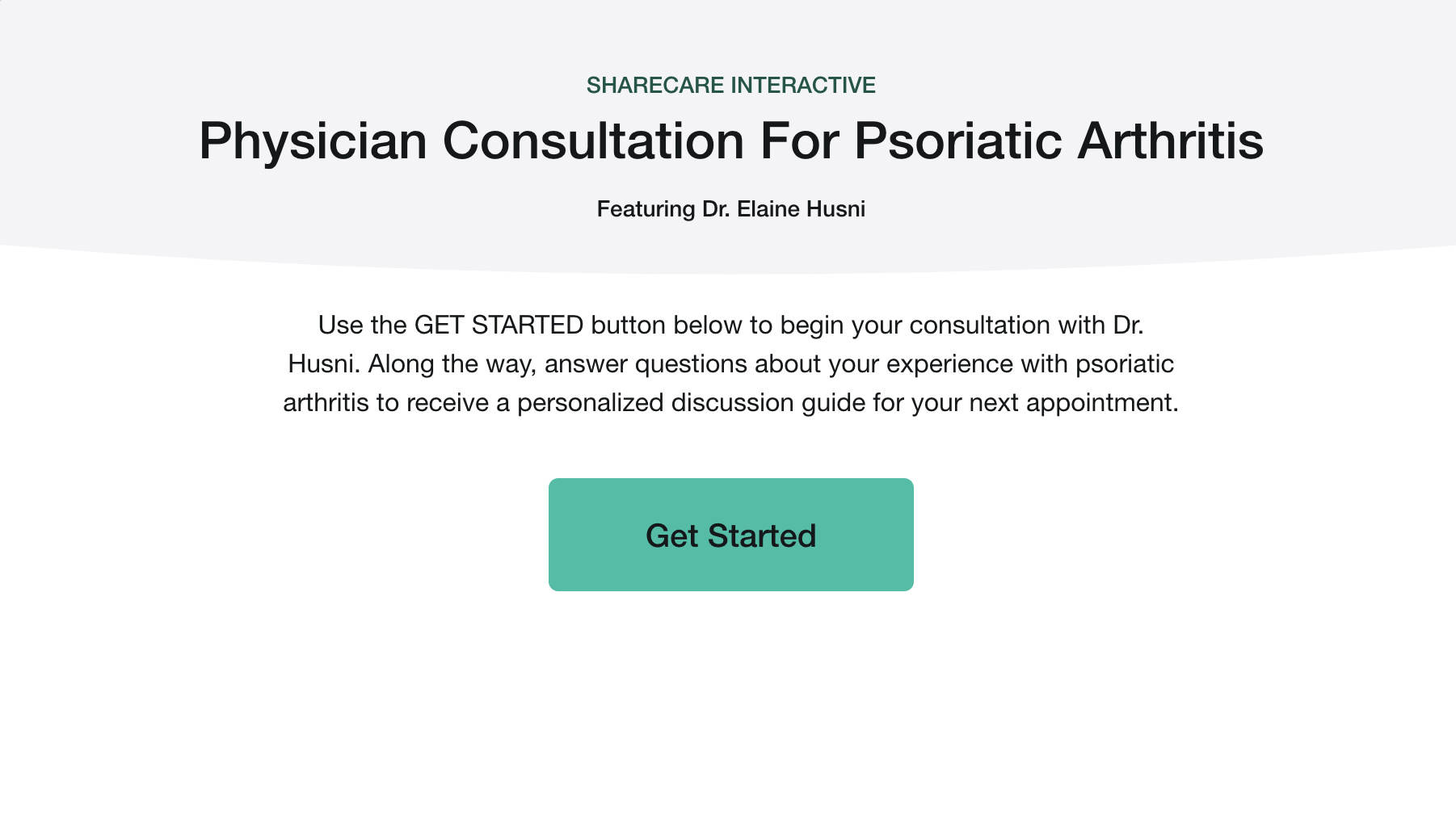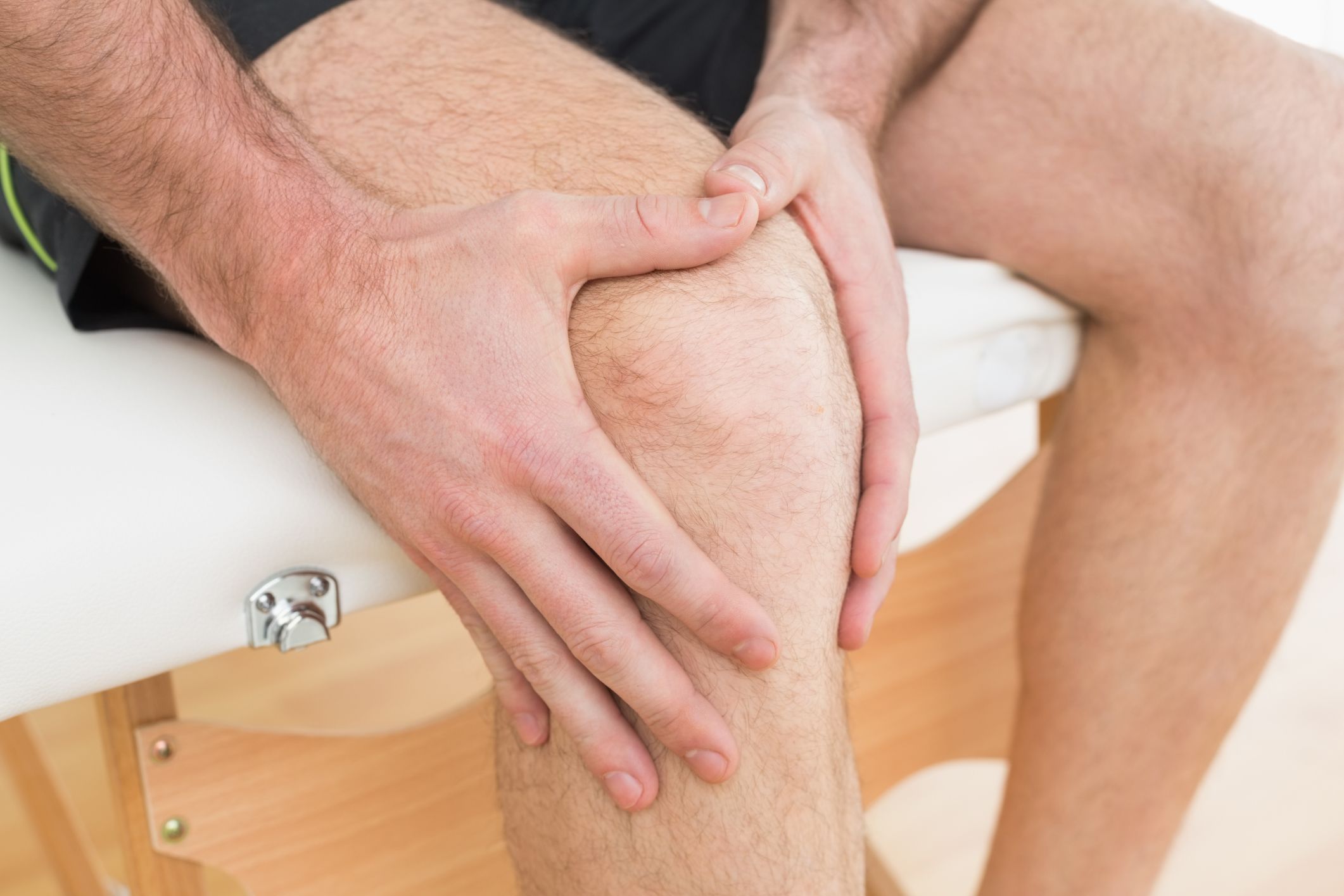Updated on January 2, 2025
Psoriatic arthritis (PsA) is an autoimmune disease that causes joints, tendons, and ligaments to become inflamed. It often affects people with psoriasis, a skin condition characterized by itchy, patchy scales.
People with PsA have a higher chance of developing several additional health conditions, including heart disease and diabetes. They’re also at greater risk for another painful and complex form of arthritis called gout.
Here’s what you need to know about the link between PsA and gout.
The basics of gout
Gout is a type of inflammatory arthritis that causes sudden attacks of severe pain and swelling in joints. It can occur in any joint but is especially common in the big toe.
Gout happens when uric acid builds up. Uric acid is a breakdown product of purines, which are substances that occur naturally in the body. They’re also found in foods like meat, liver, and some seafoods, as well as alcohol and drinks sweetened with fructose.
When the body makes too much uric acid, it can’t dissolve it properly. Instead, the uric acid forms pointy and sharp urate crystals that accumulate in and around the joints (and sometimes in the kidneys, causing kidney stones).
These crystals cause gout attacks, often at night during sleep. They also act as triggers for inflammation. In addition to acute symptoms, people with gout may experience ongoing or longer-term swelling, discoloration, heat, and stiffness in the affected joints. Symptoms can wax and wane.
How gout and PsA are linked
In gout, uric acid builds up and causes problems. People with PsA also have too much uric acid in their blood, likely due to inflammation and the way the body of someone with PsA quickly makes new skin cells. This condition is called hyperuricemia. Medications and other health conditions contribute, as well.
Gout and PsA look like each other in imaging and have similar symptoms. Even to a trained eye, they can be mistaken for each other, leading to initial misdiagnosis.
Making it even more difficult, occasionally a person may have both conditions at the same time. Healthcare providers (HCPs) and researchers refer to this as “psout”—a combination of “gout” and “psoriasis.” The term is broad, however. It could refer to many different ways these two different illnesses interact or coexist.
A 2021 review published in Clinical Rheumatology looked at the overlap between these two conditions. Researchers noted a clear increased risk of gout for people with PsA, and vice versa: PsA is diagnosed three times more often in people with gout than in healthy adults. They also found that if a person is diagnosed with gout, their risk of developing PsA rises as time goes on.
People with gout and PsA have common comorbidities, which means they often have other diseases at the same time. These include stroke, high blood pressure, obesity, type 2 diabetes, alcoholism, and high cholesterol.
If you’re experiencing symptoms of gout or PsA, be sure to see your HCP for evaluation. Once you’ve been diagnosed, you can receive medications to help manage your symptoms.
Getting relief from gout
In addition to taking medications prescribed by your HCP, there are several steps you can take to better manage your gout symptoms.
Keep an eye on your diet
Try to avoid foods high in purines, including:
- Red meat
- Organ meats, including liver and kidney
- Some seafoods, including sardines, anchovies, tuna, and shellfish
- Certain veggies, including asparagus and spinach
- Alcohol, especially beer and liquors
- Sugary baked goods and sugary drinks, including fruit juices
Some research suggests that taking certain supplements may lower the risk of gout attacks. If you are considering supplements, speak with an HCP first.
Get enough physical activity
Exercise can help you maintain a healthy weight, which lowers the risk of gout and eases pressure on your joints. Aim for at least 150 minutes each week of moderate-intensity exercise like dancing, brisk walking, or swimming. It’s important to also spend some time doing muscle-strengthening activities two days each week, like lifting weights or using resistance bands.
Stay on top of your PsA treatment
Controlling your PsA should also help lower the risk of gout. Talk to your HCP about the best way to manage your PsA.






